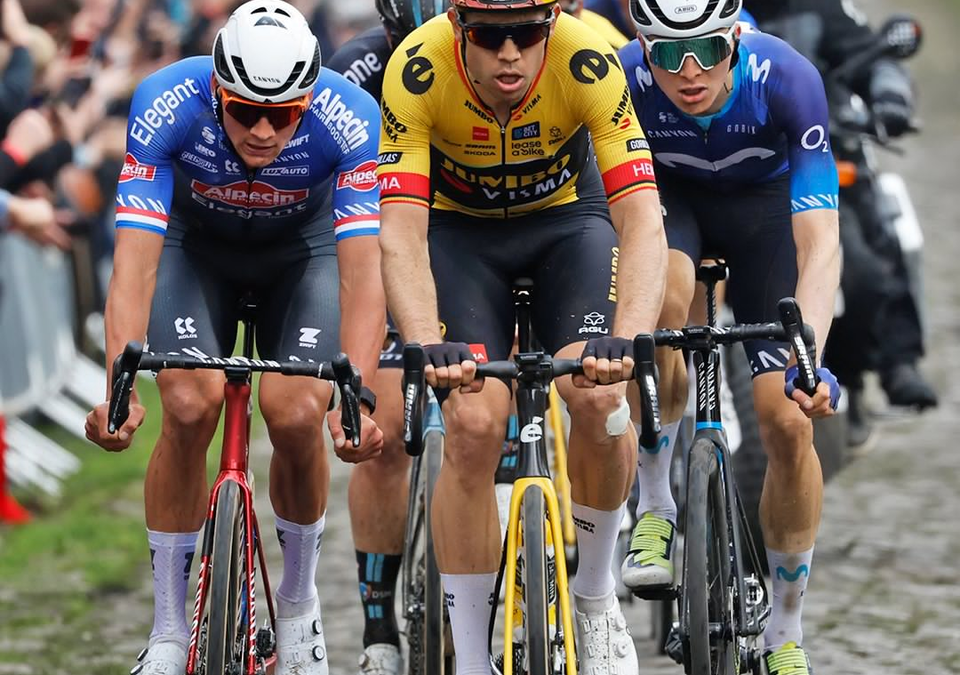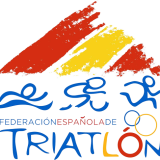Functional Reserve Capacity (FRC)
Or what is the same, functional capacity reserve, that is, the work you can do in continuous exercise above the FTP until fatigue appears.
Work that is measured in joules (J) or kilojoules (kJ).
We are going to explain in depth what this area is so little known to many cyclists and triathletes.

What is it? How can we quantify it?
FRC
Functional Reserve Capacity, our reserve and ability to work above the threshold without becoming fatigued.
As an example, if our FTP is 258w, it will be the work we do above said threshold.
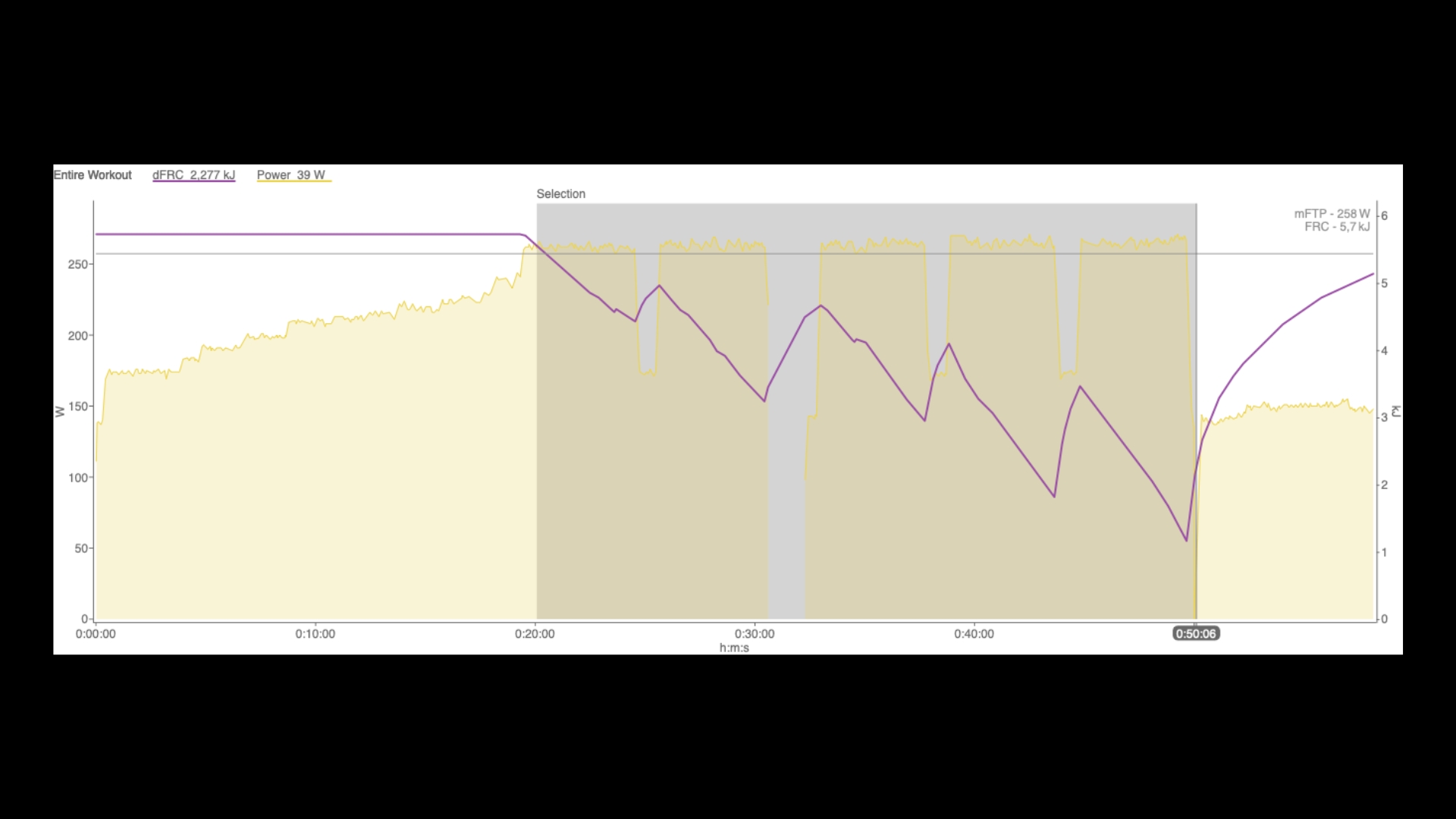
We measure it in Joules (J) or kiloJoules (kJ)
The mean absolute values for reference are as follows;
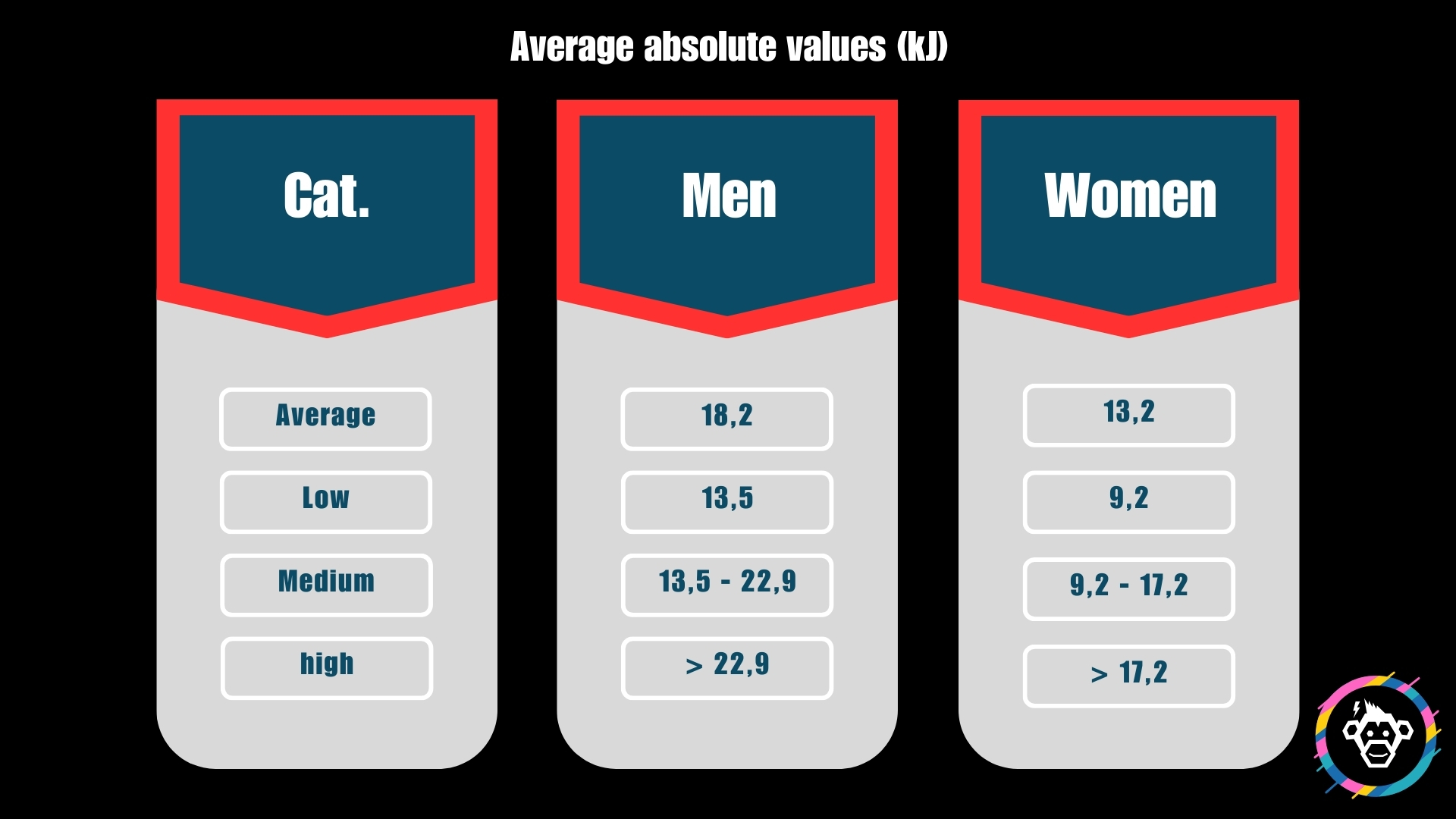
What is FRC for?
Functional reserve capacity is key when it comes to:
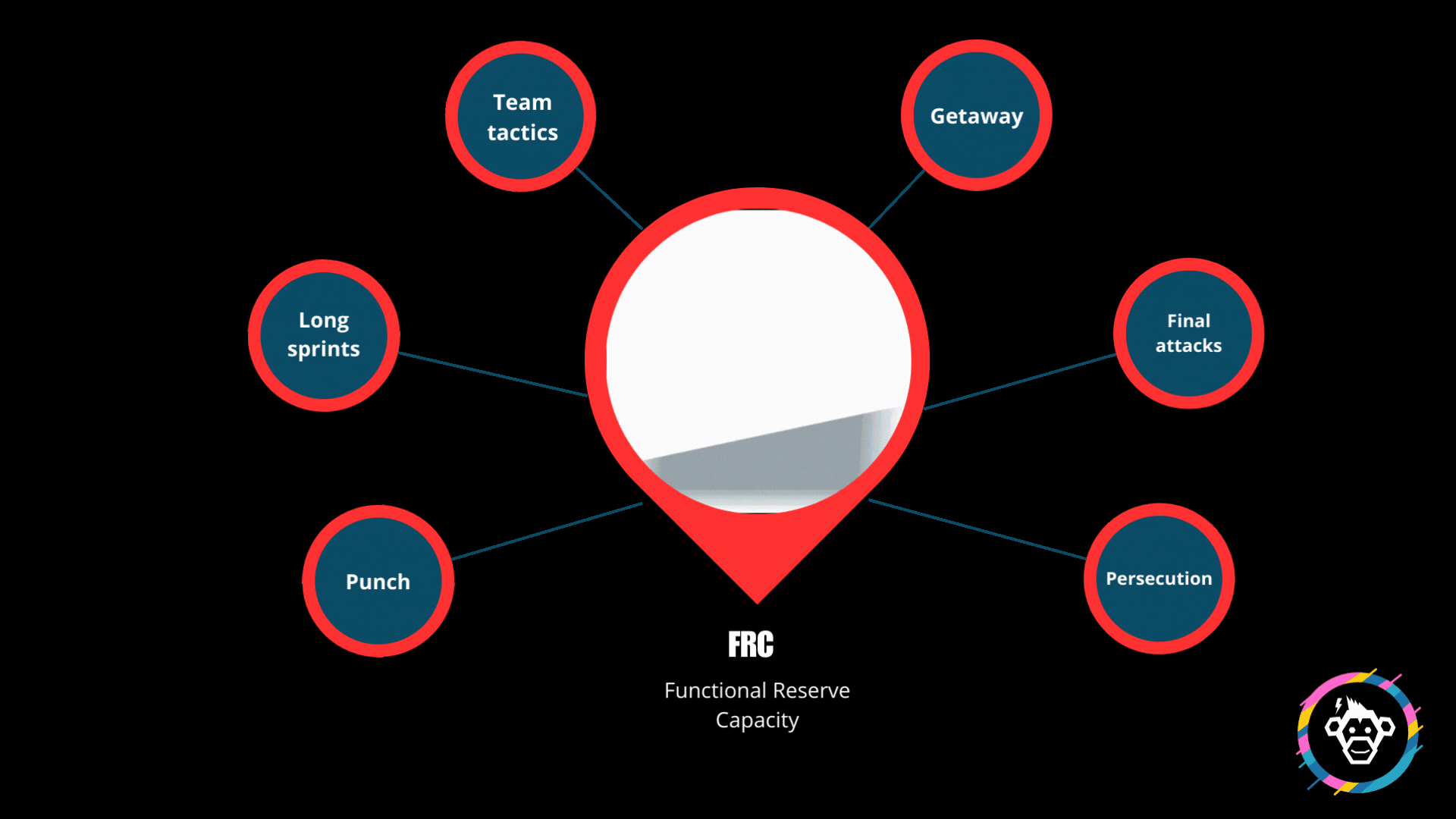
- Long sprint. Closely associated with maximum power and FRC, how much power is capable of generating and how much power can be sustained over time.
- Team tactics. Nothing new that we don’t know about generating leaks at certain times, fans, placement of leaders or moments of tension.
- Persecution. It is a classic to have cyclists capable of closing gaps at certain crucial moments of the race, so they will need to generate a very high maximum power and be able to maintain it in order to maintain control of the group. Also in track cycling, very necessary.
- Getaway. As in the previous example, good maximum power can help generate breakaways within the race.
- Final attacks. Sometimes with equal watts in two runners, the one with the most FRC will win.
- Puncheurs. Have “punch” and be able to wear down other runners.
Obviously, maximum power is not only necessary for these cyclist profiles, leading to forgetfulness for the rest of the runners. Like maximum power, it is a stimulus that we must incorporate into all cycling profiles.
Cost / benefit.
All training has a cost and therefore a benefit.
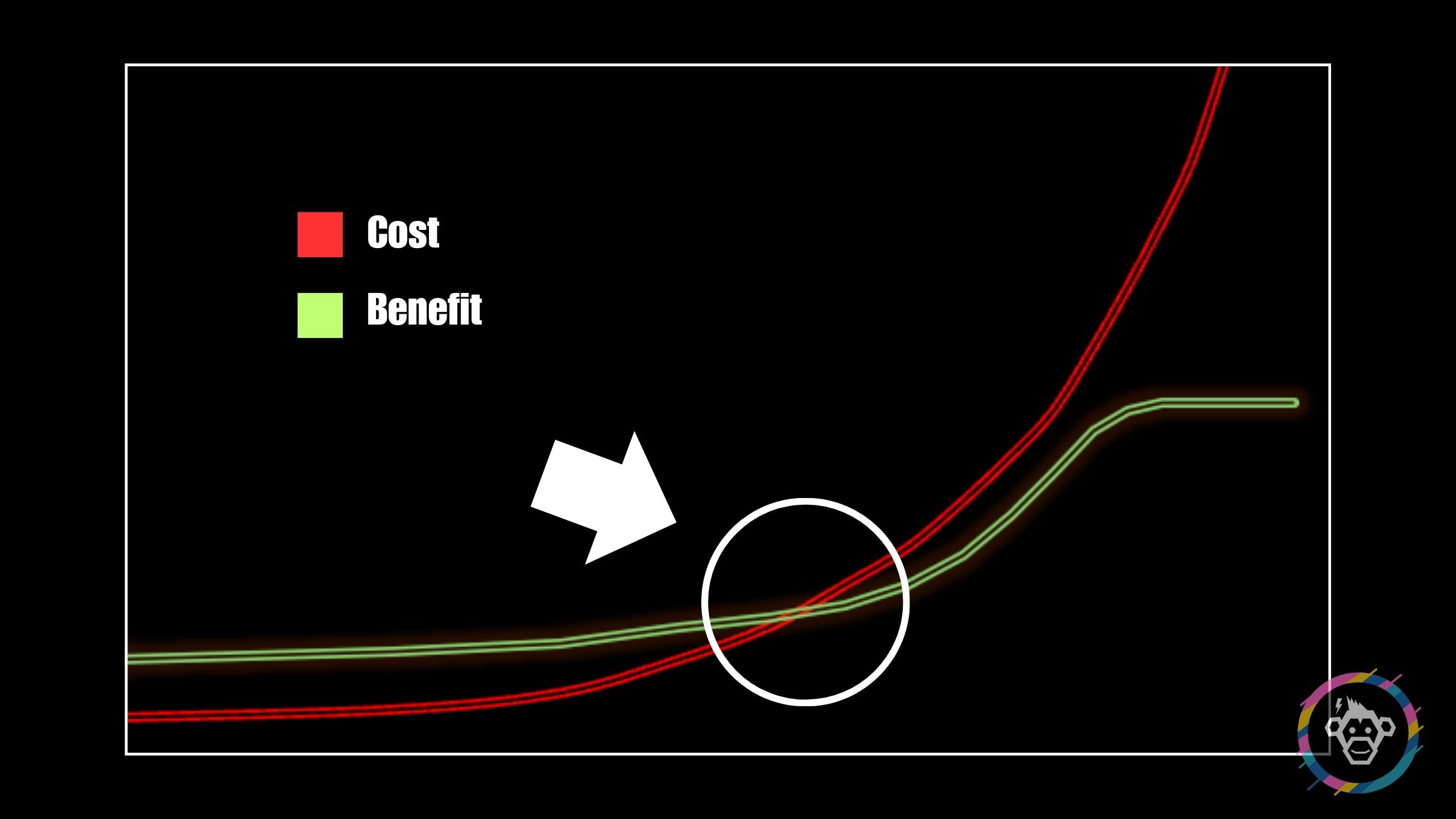
We have to balance at what time of the season we want to assume these costs, assess our weak points and work on them and assume that certain improvements come at the cost of a detriment in other areas, for example:
- Pmax vs FTP: If we focus on specific training for P.Max. It is more than likely that our FTP will decline. But on the contrary, if you are a sprinter you need to have that maximum power well worked to be able to win sprints. However, a srint is usually won at the end of a stage, and if that rider neglects his FTP, he probably will not have the ability to overcome certain climbs during the stage to be able to compete in said sprint.
- FTP vs FRC: As in the previous example, a specific job to improve FTP can lead to a drop in FRC. A FRC so precious for certain moments in racing.
- Stamina vs Sprint: Unlike before, specific work to improve stamina causes a drop in sprint capabilities.
- Maximum power vs Fatigue resistance: A very specific work in power will lead to a drop in fatigue resistance (TTE).
Hence the importance of assessing when we must assume those “costs” to acquire those “benefits”. How to seek that balance in some cases, without interfering with the final objectives and how to take advantage of these stimuli to improve our performance.
Monitoring FRC
As we have talked about in the interior point, it is very important to seek balance so as not to see other areas compromised.
Working FRC can be a good stimulus to improve FTP, but not doing it correctly can cause a drop in it.
To do this we will use WKO5 and track the improvement work, without compromising FTP.
- We observe how the FRC increases without barely dropping the FTP. (purple line vs orange line)
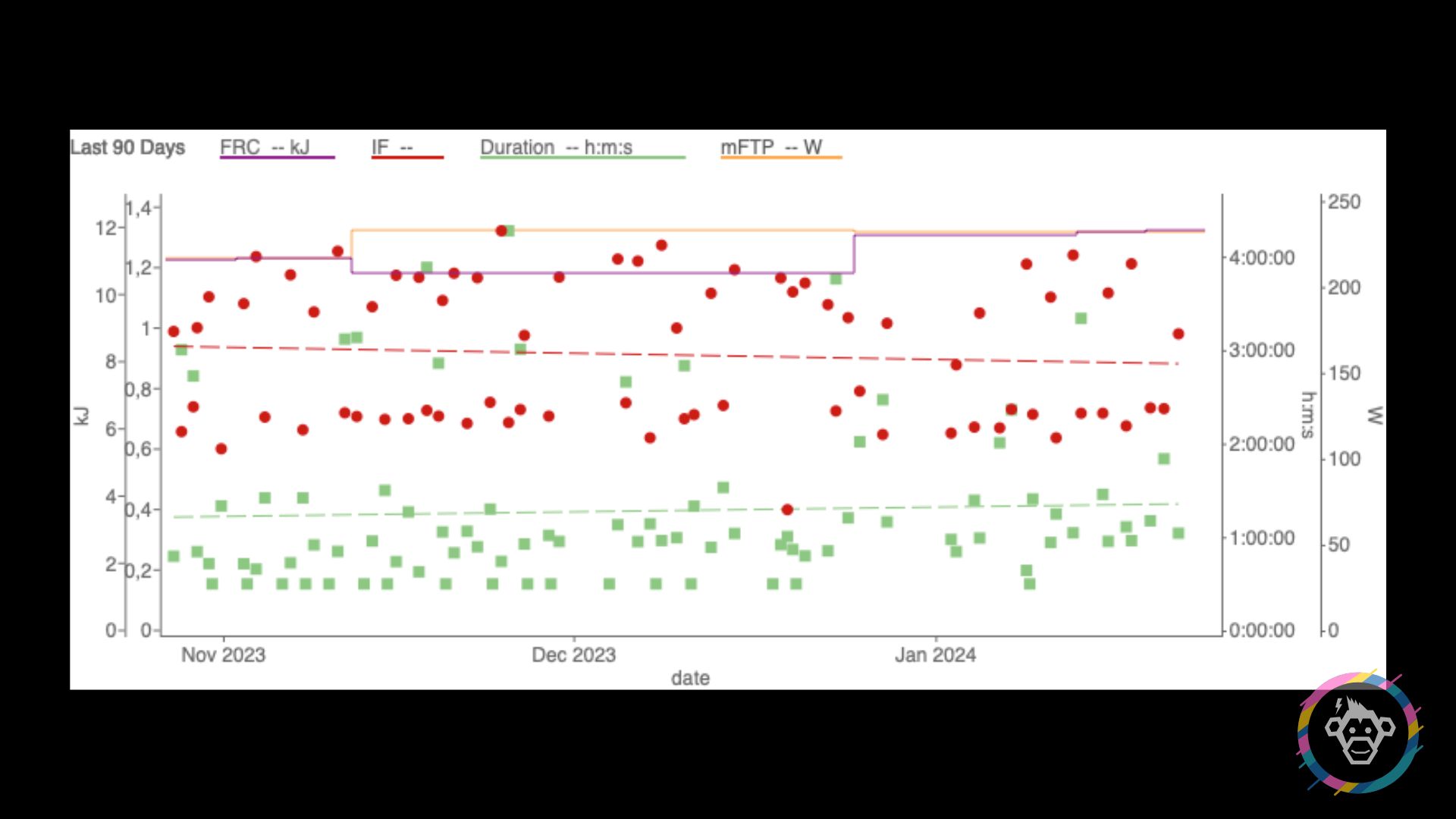
- We would work it according to the ilevels. FRC and FRC/FTP with their suggested intervals.
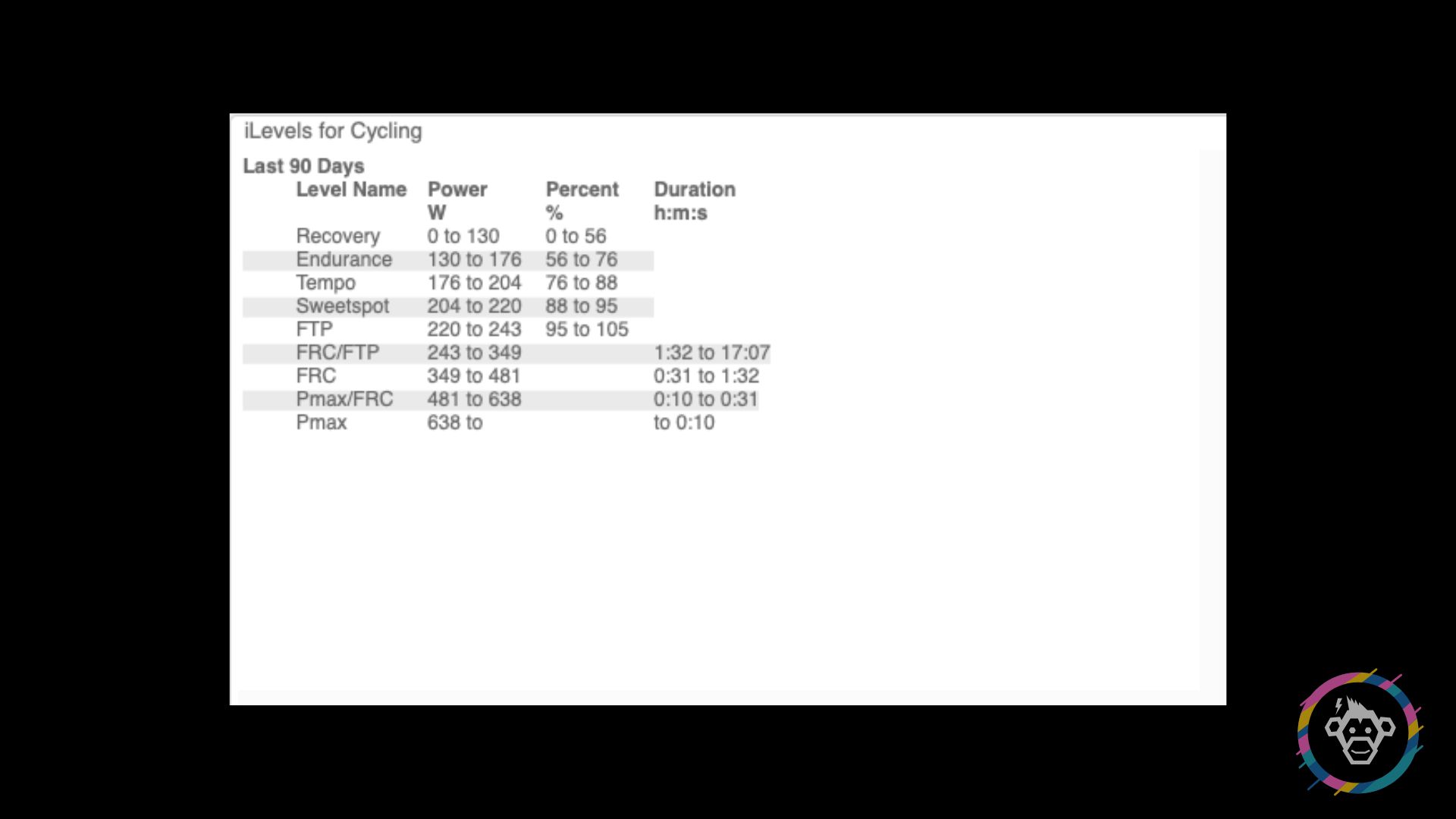
How to improve FRC
What can we do to improve FRC?
On the bike:
-
-
- Hills. From 3 to 6 short slopes in an intensive FRC zone, with automatic cadence and complete rest.
- Accelerations: 3 – 6 accelerations in intensive or extensive FRC zone, with a development of 53×15 and then at maximum acceleration lower two crowns and press one more point. Complete recovery and specific position of the discipline.
- Capacity: 1 to 5 series of 3 to 6 minutes working 30 seconds “all out” with 30 second recovery. The cadence will be 0 to 20 rpm of the optimal speed of the P.Max. With 7-10 minutes of rest between sets.
- Long sprints. Just like working at maximum power, we will do a long sprint after a straight descent. Sprinting at high speed.
-
Earnings from FRC working.
¿Why?
- Muscularly:
- Slow vs fast fiber.
- Muscle mass and glycogen improvement.
- Increase in limiting enzymes to break down carbohydrates.
- Neuronal:
- Improves fatigue resistance.
- Aerobic:
- Improve Vo2Max
FRC’s work is highly recommended for any cyclist.
If you need to work on these aspects, do not hesitate to contact me.
GO!
All rights reserved | Legal Notice | Privacy Policy| Cookies
